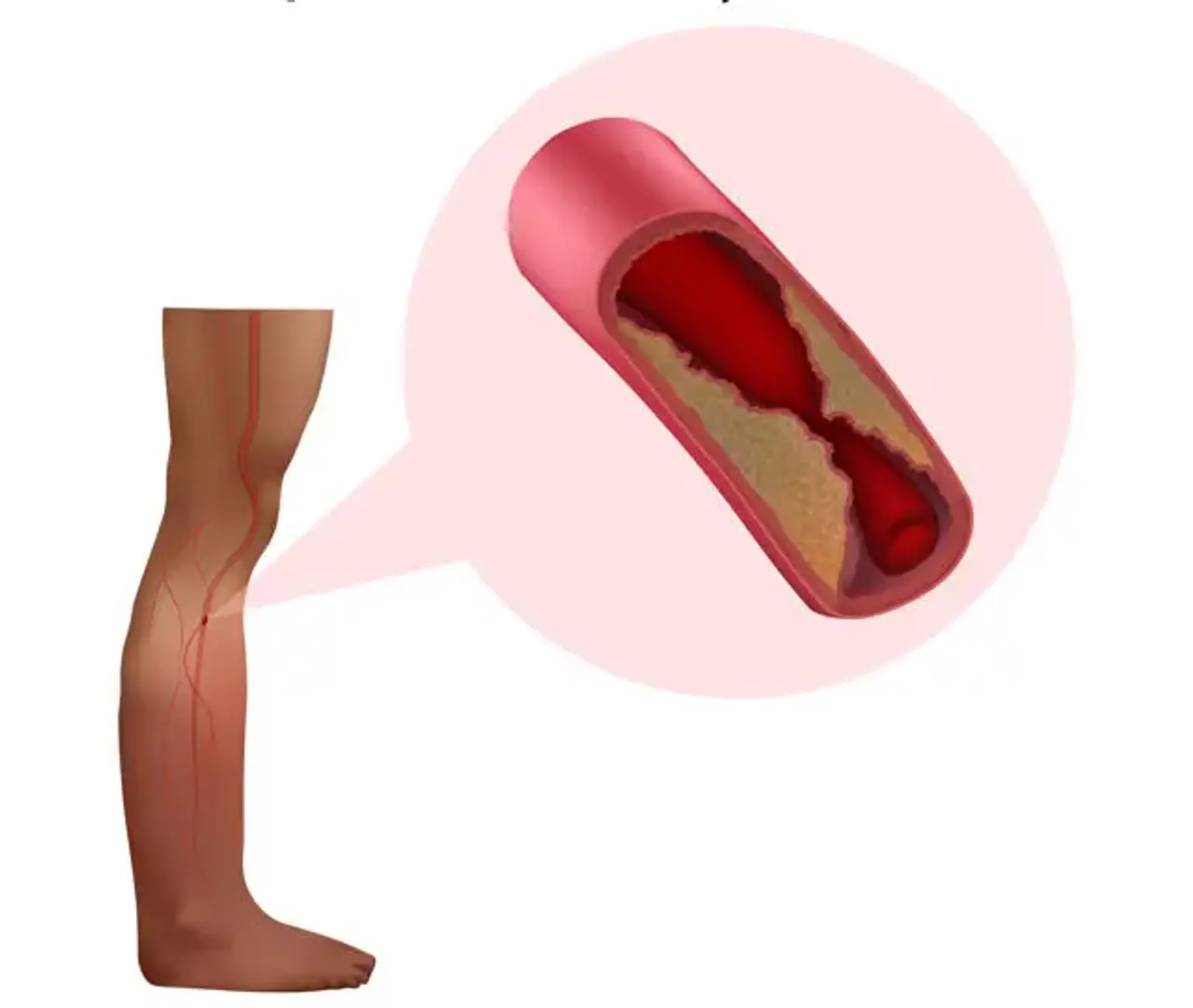Peripheral artery disease
Overview
Peripheral artery disease (PAD) is a chronic, progressive atherosclerotic condition that results in partial or complete blockage of the peripheral vascular system. PAD usually affects the abdominal aorta, iliac arteries, lower limbs, and, in rare occasions, the upper extremities. PAD affects over 200 million people globally, and its global significance is growing as people live longer lives and are exposed to more risk factors.
PAD patients have a varied disease presentation and history, with some remaining asymptomatic and others advancing to arterial ulceration, claudication, resting limb ischemia, and limb amputation.
PAD is a cardiovascular disease comparable, with high-risk deadly and non-fatal cardiovascular events such as myocardial infarction and stroke happening often. PAD is a severe, progressive systemic illness that necessitates interprofessional collaboration to enhance patient outcomes.
